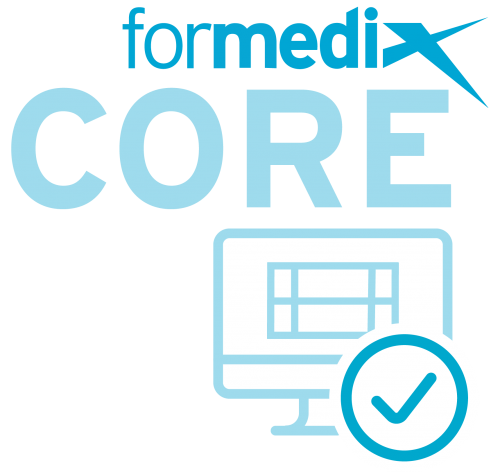Formedix has been strong advocates for the use of CDISC data standards in clinical and non-clinical research for decades, ever since we realized how it could transform our business by enabling the rapid design and build of clinical trials. We quickly focused our company around the use of CDISC standards, and are now industry leaders in CDISC software, professional services, and training.
By working together using the same standards we can optimize our clinical trials by increasing data quality and reducing design and execution time. Ultimately that means getting more products to the market at less cost.
Data models vs content models
CDISC produces two main types of standards, which we’ll call “data models” and “content models”. Data models are ways of describing data or metadata. Think PDF or Excel. They define how you describe an object. Content models define what objects are allowed. Think of an Adverse Events dataset and the variables it contains.
CDISC Operational Data Model (ODM) and CDASH
CDISC ODM is a data model that is used to define operational data, such as CRFs, ePRO, or IVRS systems. By defining these in a standard way they become easier to re-use, quicker to validate, and more interoperable. Managing metadata standards in a system-independent way becomes possible, so you can define organizational standards that can be used regardless of your chosen data capture solution. ODM can also be used to import and export clinical data from various systems.
CDASH is a content model that defines how best to structure your case report forms (CRFs), to ensure you gather the data you require and that it can easily be used for a standardized SDTM submission.
|
You can use ODM and CDASH together to rapidly define the data you need to collect in your clinical trials. |
Take a look at our blog about using ODM and CDASH for CRF design.
CDISC Define-XML
CDISC Define-XML is a data model that defines tabular dataset structures. This includes system-specific dataset structures that are exported from an EDC system or standardized CDISC domains such as SDTM. It can be used to drive process efficiencies throughout the clinical life cycle and must be used to describe your submission datasets when submitting to regulators such as FDA or PMDA.
Find out more in our blog about using Define-XML for dataset design and read about How our visual define.xml editor gives you faster define!
CDISC SDTM, ADaM and SEND
CDISC define content models to help standardize regulatory submissions. FDA now requires studies to be submitted using “standardized data”, which means using the CDISC Study Data Tabulation Model (SDTM), Standard for the Exchange of Non-Clinical Data (SEND), and Analysis Data Model (ADaM). These standards make it easier for a regulator to understand your trial data. Being able to easily work with SDTM, ADaM, and SEND datasets is a key part of any trial process.
See our blog about using SDTM, ADaM, and SEND for regulatory submissions and read about All you need to know about SDTM.
NCI Controlled Terminology
CDISC has partnered with the National Cancer Institute (NCI) to publish an evolving set of terminology standards. These are used along with content standards like SDTM to help ensure that the content of the data is easy to understand.
Here’s our blog on using NCI Controlled Terminology for standardizing data.
 Formedix has used CDISC to drive clinical research efficiencies for 20 years, and has made major contributions to the development of these standards.
Formedix has used CDISC to drive clinical research efficiencies for 20 years, and has made major contributions to the development of these standards.
Formedix has an extensive suite of products to enable you to take advantage of CDISC standards and optimize your clinical trial process.
If you have any questions about CDISC or would like to know how you can use it to your benefit, we have a team of experts that can help you use CDISC to accelerate your clinical trials. We can also provide various types of CDISC training to help get you up to speed.









